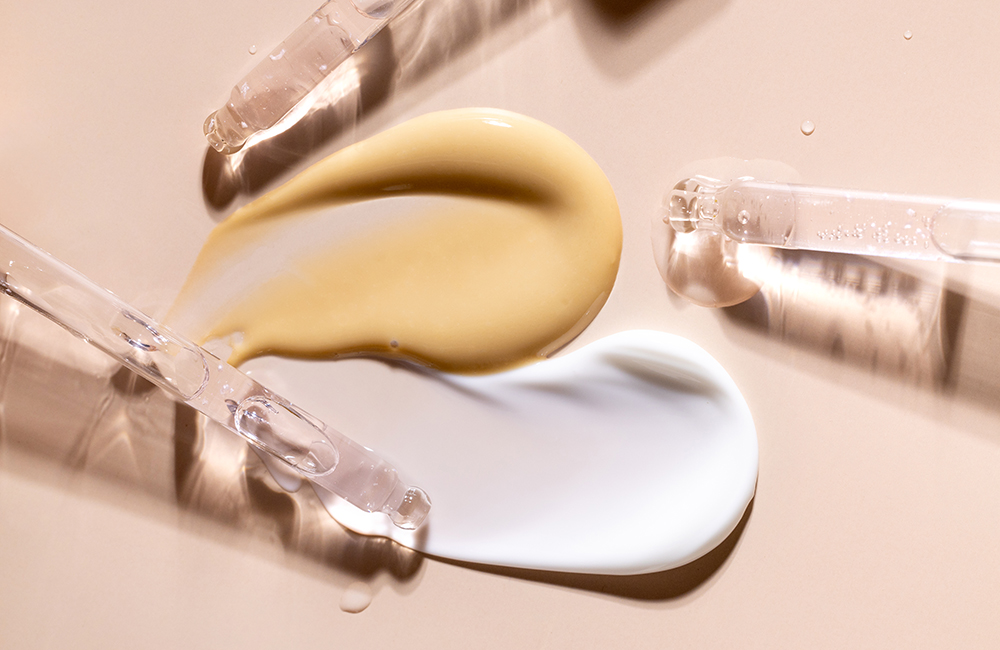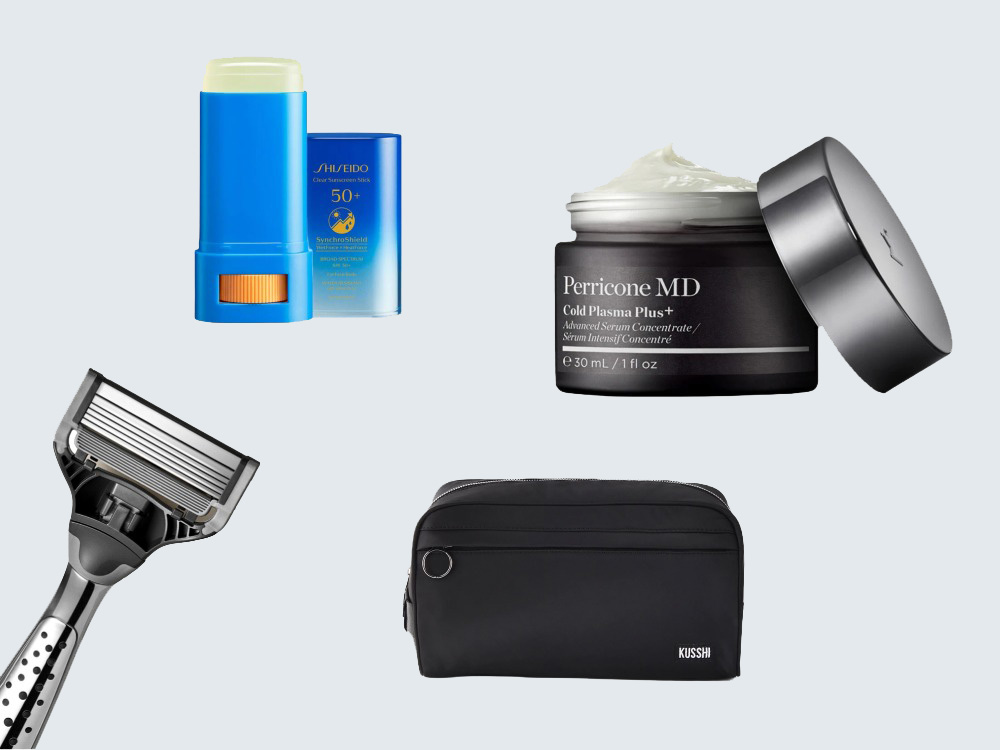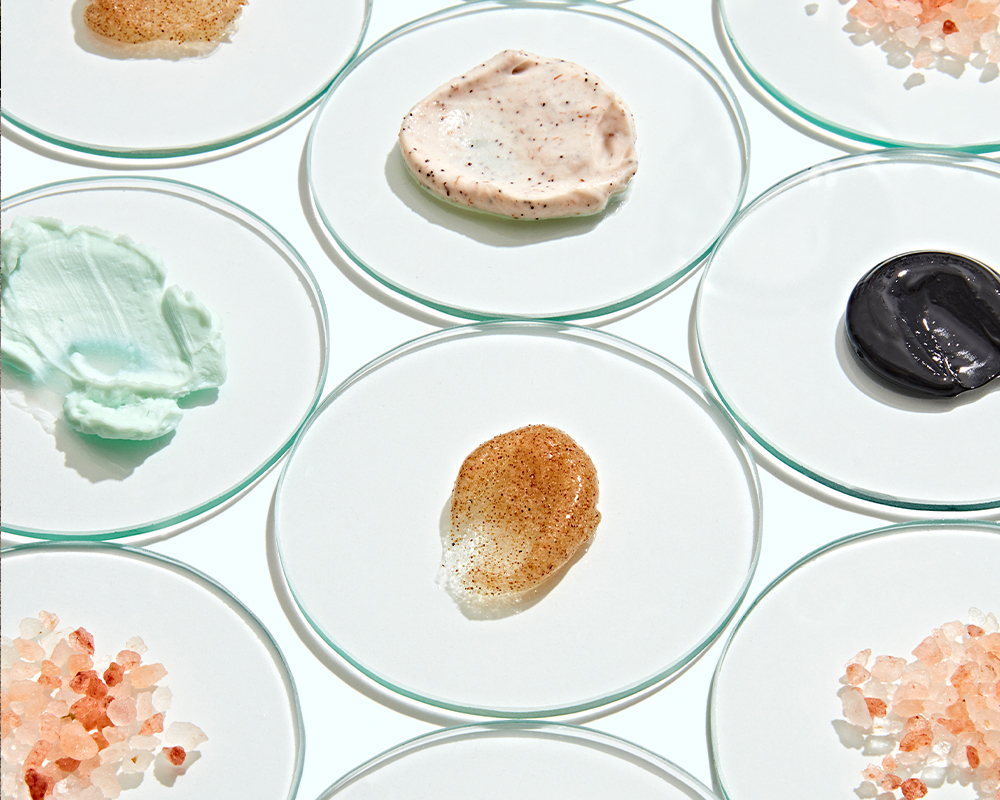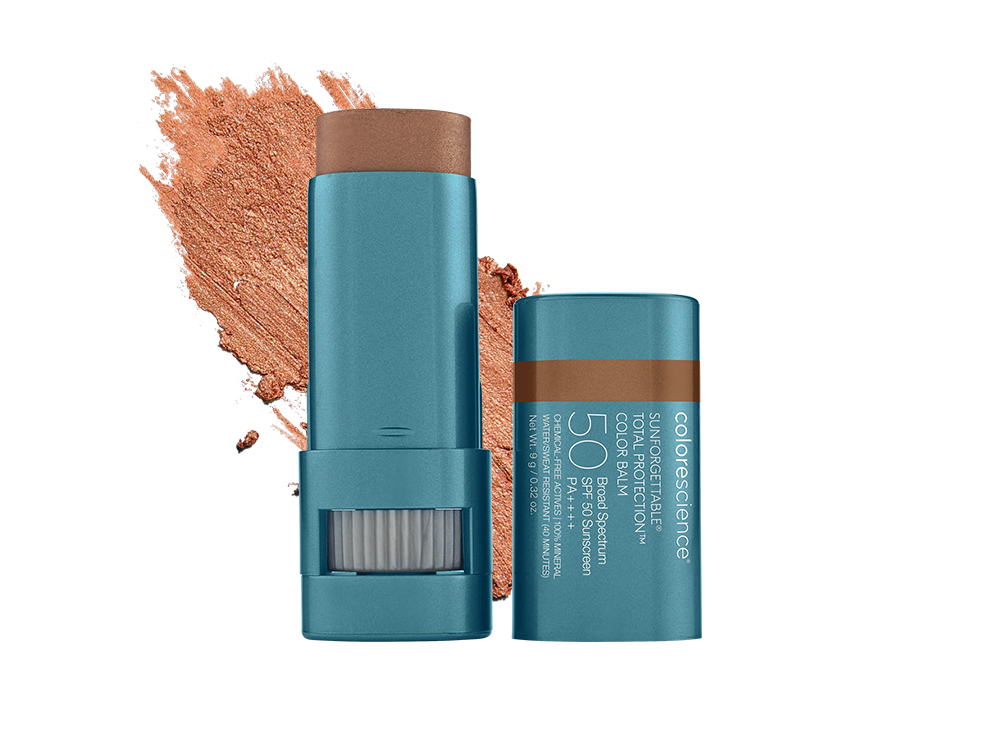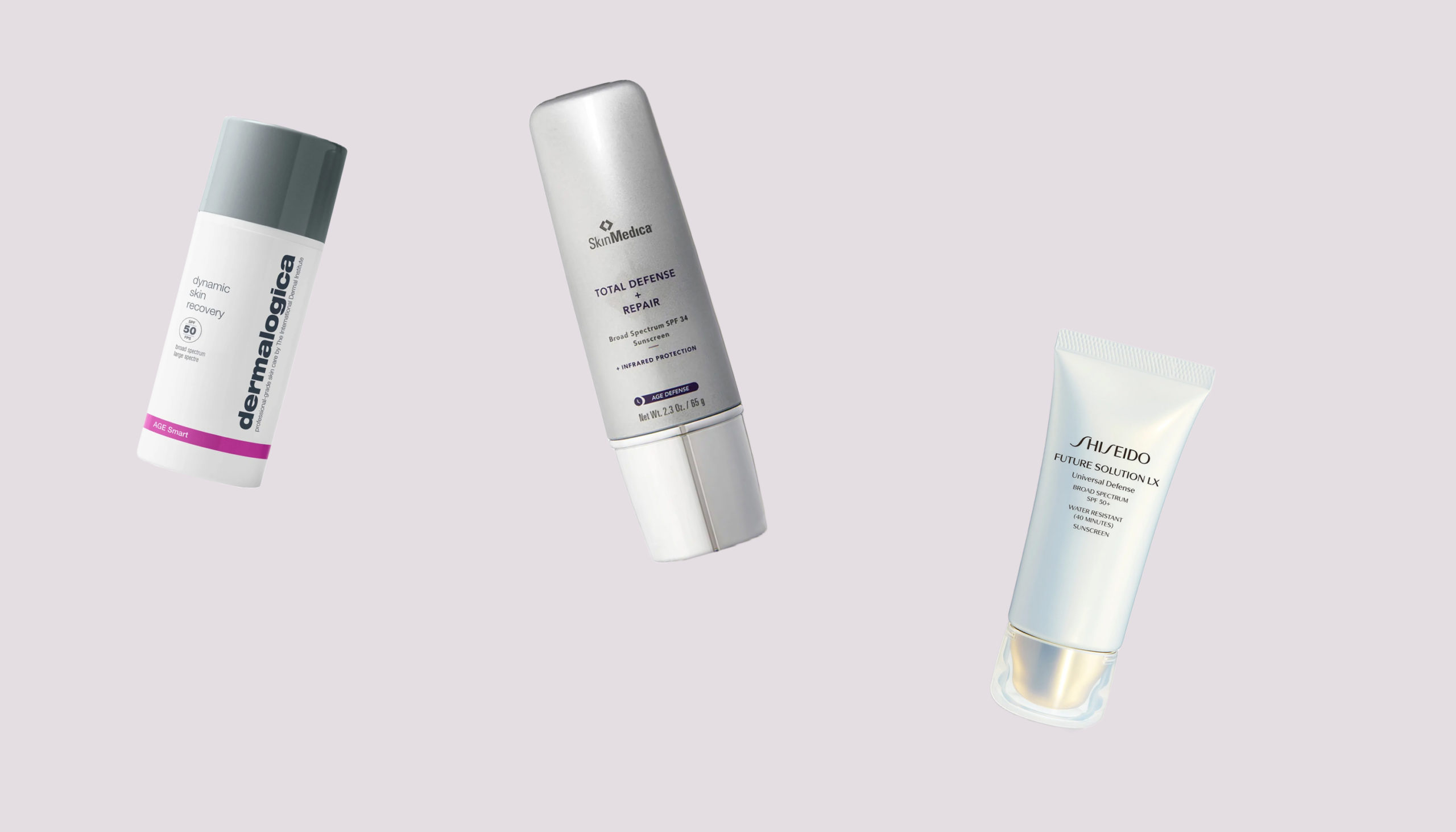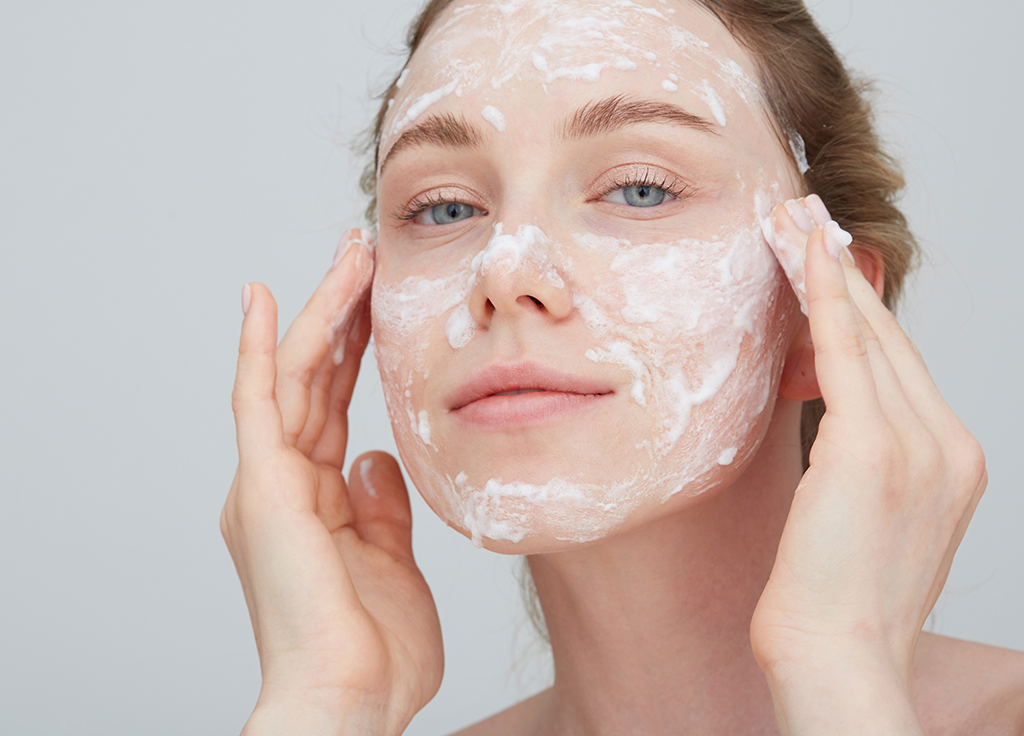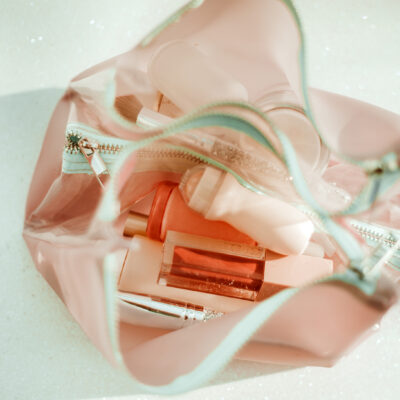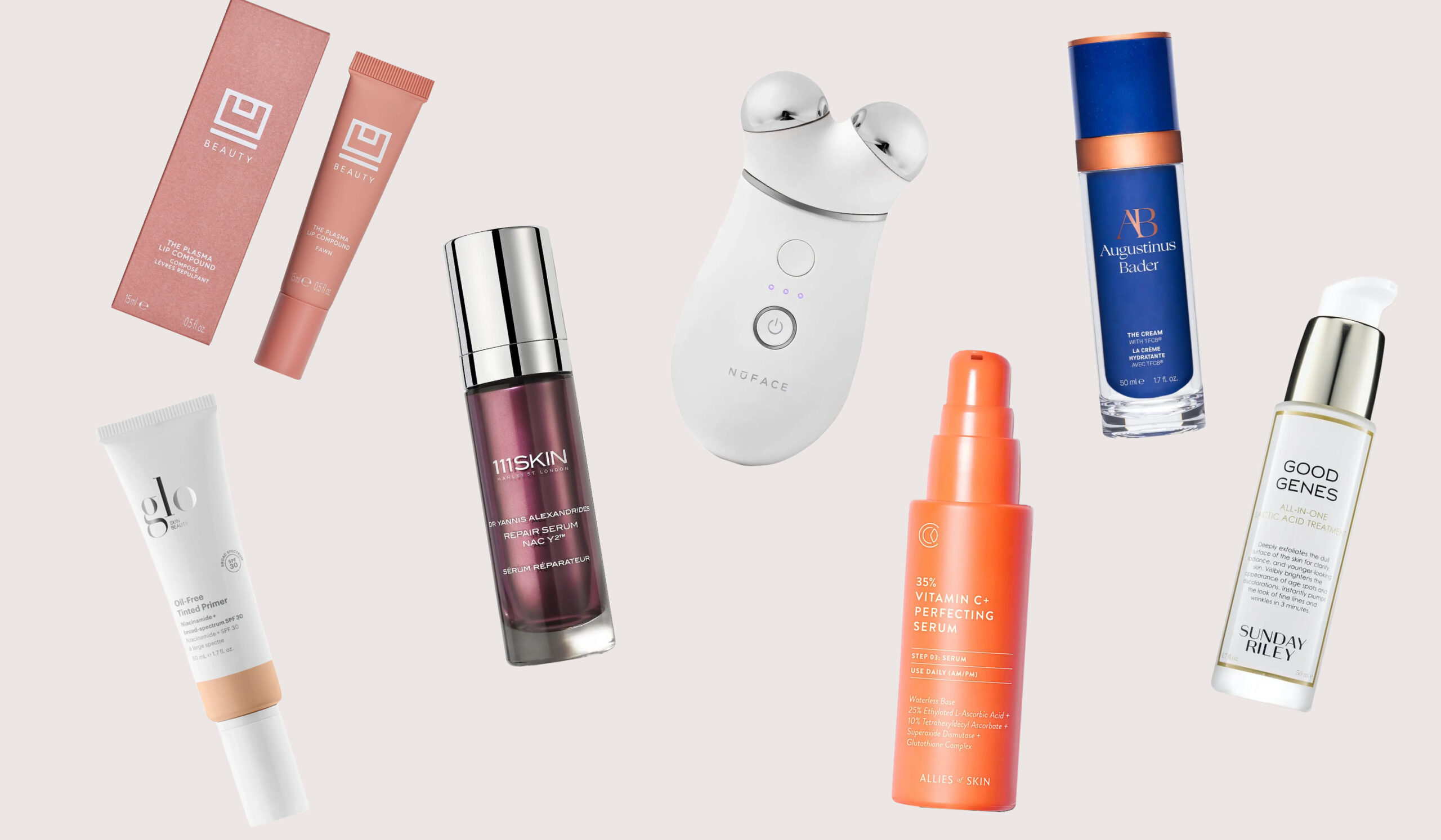We explore eight expert-approved ways to make retinol and retinoid use more tolerable for anyone with dry or sensitive skin.
Go “low and slow.”
For those with dry or sensitive skin, it is 100-percent OK not to use retinol or a retinoid every day. In fact, New York dermatologist Jody Levine, MD recommends starting “low and slow” with these vitamin A ingredients for all of her patients, regardless of their skin type. “Initially, I would recommend using a lower concentration of retinoids, such as 0.25 percent, and applying it less frequently. This would be every other night or even just a couple of times per week. Over time, as your skin becomes accustomed to it, you can gradually increase the frequency and strength of the product. This approach minimizes the risk of excessive dryness and irritation.”
Reduce the strength of your retinol.
Retinol is used in skin care in a variety of strengths, with 1 percent being the highest percentage available over the counter. “For skin types that are prone to irritation, I suggest considering a lower strength, such as 0.3 percent,” says New York dermatologist Elaine Kung, MD.
Use the “sandwich method.”
“The sandwich method refers to the technique of layering a retinol or retinoid between moisturizers that hydrate your skin to optimally moisturize it,” says Dr. Levine. “It involves applying a moisturizer before and after vitamin A products to reduce potential irritation for sensitive or dry skin.”
Layer wisely.
“If you find retinol to be too drying for your skin, don’t pair it with exfoliants in the form of cleansers, toners or other leave-on products,” Dr. Kung says. “I normally tell patients not to pair retinol with products that may contain the following buzzworthy ingredients: AHA (including glycolic, mandelic and lactic acids), BHA (including salicylic acid), or benzoyl peroxide. This is especially important during the winter months because products that encourage skin turnover and exfoliation will make retinol penetrate the skin more. If your skin can’t tolerate it, or weather conditions prohibit this, you may experience a retinoid-induced rash.”
Pair your retinol with a thicker moisturizer.
If you’re using a retinol serum, try layering a thicker, creamier moisturizer on top, rather than a lotion or gel-based formula. “This can be especially helpful for those who live in dry climates,” says Dr. Kung.
Consider the “short-contact” approach.
Dr. Kung says some people find success with leaving their retinol product on for 15 to 30 minutes and then washing it off. “This is the ‘short-contact’ strategy, instead of leaving retinol on overnight.”
Look for products that contain encapsulated retinol.
“When retinol is encapsulated in a skin-care product, it means that the retinol molecules are enclosed in small, protective capsules and released gradually,” Dr. Levine explains. “This makes it gentler on sensitive or dry skin and reduces the risk of irritation.”
Try a retinol alternative.
You’ve probably heard of bakuchiol, which is arguably the most popular alternative to retinol. “It’s derived from the babchi plant and has been found to have similar skin health and anti-aging properties as retinol, but without the irritation and dryness,” says Dr. Kung. “Clinical studies have shown that people who used bakuchiol for at least 12 weeks had improvements in their wrinkles, pigmentation, photo damage, and elasticity, which retinol use also improves.”
